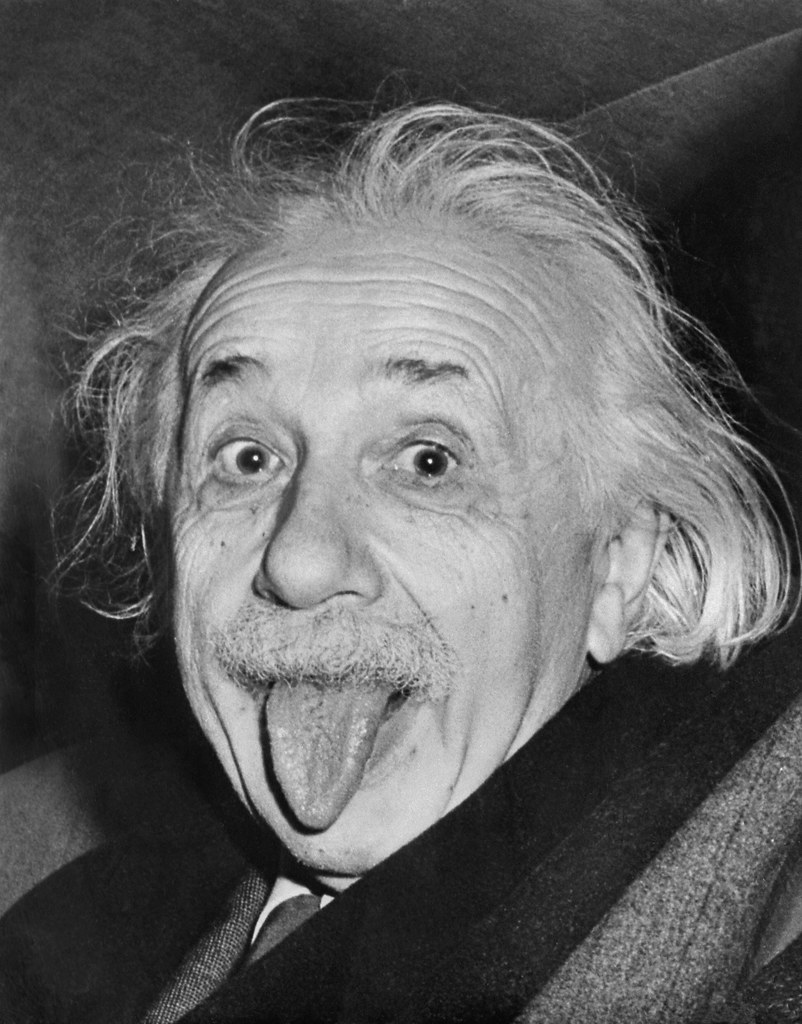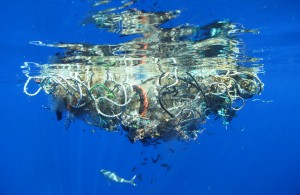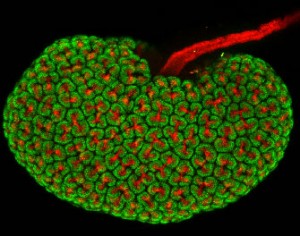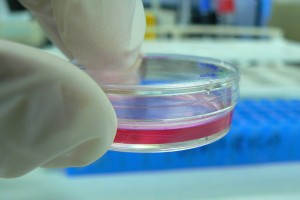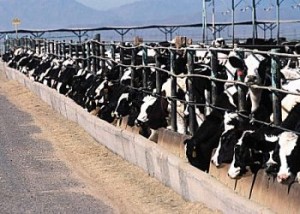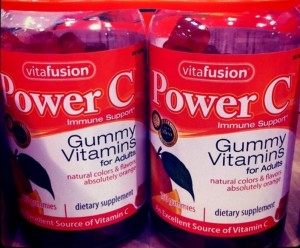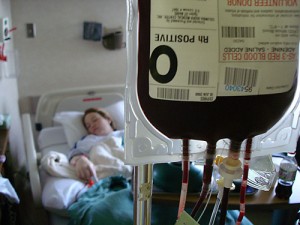Wouldn’t it be great to convert something that is harmful, yet naturally occurring in the environment to something that is useful to the human kind? That is exactly what a few researchers led by Dr. Da Deng at Wayne State University in Detriot did.
Multi-colored algae blooms may sound like one of nature’s many beauty wonders, however it is far from wonderful. Typically, these harmful algal blooms (HAB) consists of massive growth of one or more phytoplankton species, blooming up to a concentration of hundreds to thousands of cells per millilitre. These blooms of varying size can cover the surface of water for weeks. Some blooms are large enough, they can even be seen from space!

This satellite image captures the algal bloom in Lake Erie Basin, taken on July 28, 2015. source: Nasa Earth Observatory
In 2011, the algal bloom that occured in Lake Erie broke the record of worst algal bloom ever observed, topping the chart at 10 of the 10-point severity index. In August, 2014, the Toledo water crisis in Lake Erie left nearly half a million people without safe drinking water. Although the exact cause of algal bloom is yet to be determined, scientists believes that are many contributing factors including: water temperature, sunlight, current and presence of essential nutrients like nitrogen, carbon and oxygen. Although only a few algae species produce toxins, the effects they have on humans and aquatic life are detrimental as the toxins make their way up the food chain into animals we eat.

[Video Courtesy to: Ohio Sea Grant]
Dr. Da Deng and his team of researchers aimed to reduced HAB in freshwater lakes by converting it to something useful. The team collected samples of toxic HABs from Lake Erie, and converted it to hard carbon by heating it in argon gas at high temperatures of 700-1000 °C. Hard carbon, often derived from petroleum made from biomass, is an ideal electrode (electric conductor used to connect non-metallic part of the circuit), used for sodium-ion batteries. The final electrodes created by the researchers consists of 80% hard carbon (derived from algae), 10% black carbon and 10% binder. The scientists found that overall, the sodium electrode had a high capacity of up to 440 mAh/g in the first cycle. However, there were some issues of irreversible capacity loss after the first cycle, resulting in a lower capacity of 230 mAh/g.
Although, Lithium-ion batteries are more dominant in use right now compared to Sodium-ion batteries, sodium is more abundant and could potentially replace the more-expensive Li-ion batteries in the future. However, more extensive research still needs to be conducted to increase the stability and capacity issues with these algae-derived sodium electrodes to improve their performance in the future. The researchers also noticed that the temperature of which the algae was heated also affected its stability and capacity performance. This is something scientists can take in account as they aim to improve this discovery.


